Rochefort Ciscutti, G; Berner Gómez, J. E; Castillo Montoya, P; Vidal García-Huidobro, P.
Cir. plást. iberolatinoam. 2014; 40(3):253-259.
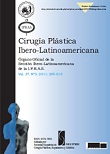 El auge de la Cirugía Estética ha motivado que cobre mayor interés el estudiar las motivaciones de los pacientes para acudir a este tipo de consultas. En el denominado Trastorno Dismórfico Corporal (TDC), los pacientes sufren por la percepción de un defecto físico imaginario. Se ha generado controversia entre los especialistas, sobre el eventual perjuicio que tendría operar a este tipo de pacientes considerando las posibles implicaciones médico-legales.
El auge de la Cirugía Estética ha motivado que cobre mayor interés el estudiar las motivaciones de los pacientes para acudir a este tipo de consultas. En el denominado Trastorno Dismórfico Corporal (TDC), los pacientes sufren por la percepción de un defecto físico imaginario. Se ha generado controversia entre los especialistas, sobre el eventual perjuicio que tendría operar a este tipo de pacientes considerando las posibles implicaciones médico-legales.
Nos planteamos como objetivo el realizar una revisión sistemática de la literatura para caracterizar epidemiológicamente el TDC en el contexto de la consulta de Cirugía Estética, considerando su prevalencia, comorbilidades y las consecuencias de los procedimientos quirúrgicos en la salud mental de este tipo de pacientes.
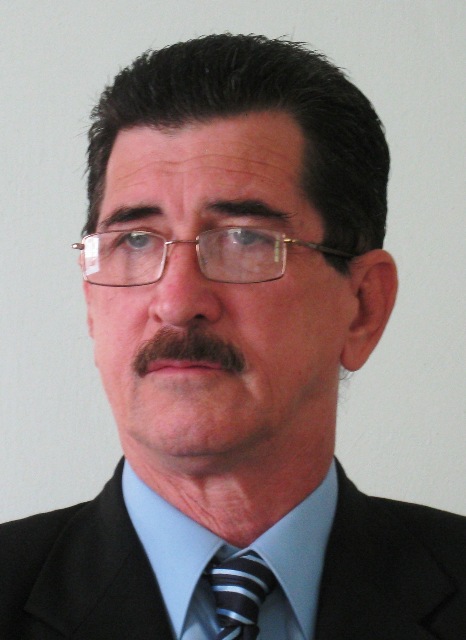
 A plethora of soft tissue fillers have been developed within the past decade to correct the cutaneous changes that occur with photoaging. Such fillers, whether nonpermanent, semipermanent, or permanent, are widely used to fill undesired facial rhytides. In addition, fillers are employed to correct atrophy of the face as well as other parts of the body such as the dorsum of the hands through volumization and contouring.This review article focuses on the permanent filler, Aquamid, which is composed of polyacrylamide hydrogel.
A plethora of soft tissue fillers have been developed within the past decade to correct the cutaneous changes that occur with photoaging. Such fillers, whether nonpermanent, semipermanent, or permanent, are widely used to fill undesired facial rhytides. In addition, fillers are employed to correct atrophy of the face as well as other parts of the body such as the dorsum of the hands through volumization and contouring.This review article focuses on the permanent filler, Aquamid, which is composed of polyacrylamide hydrogel. El auge de la Cirugía Estética ha motivado que cobre mayor interés el estudiar las motivaciones de los pacientes para acudir a este tipo de consultas. En el denominado Trastorno Dismórfico Corporal (TDC), los pacientes sufren por la percepción de un defecto físico imaginario. Se ha generado controversia entre los especialistas, sobre el eventual perjuicio que tendría operar a este tipo de pacientes considerando las posibles implicaciones médico-legales.
El auge de la Cirugía Estética ha motivado que cobre mayor interés el estudiar las motivaciones de los pacientes para acudir a este tipo de consultas. En el denominado Trastorno Dismórfico Corporal (TDC), los pacientes sufren por la percepción de un defecto físico imaginario. Se ha generado controversia entre los especialistas, sobre el eventual perjuicio que tendría operar a este tipo de pacientes considerando las posibles implicaciones médico-legales. Fluid resuscitation with colloid and crystalloid solutions is a ubiquitous intervention in acute medicine. The selection and use of resuscitation fluids is based on physiological principles, but clinical practice is determined largely by clinician preference, with marked regional variation. No ideal resuscitation fluid exists. There is emerging evidence that the type and dose of resuscitation fluid may affect patient-centered outcomes.
Fluid resuscitation with colloid and crystalloid solutions is a ubiquitous intervention in acute medicine. The selection and use of resuscitation fluids is based on physiological principles, but clinical practice is determined largely by clinician preference, with marked regional variation. No ideal resuscitation fluid exists. There is emerging evidence that the type and dose of resuscitation fluid may affect patient-centered outcomes. After a burn injury certain superficial partial-thickness burn wounds spontaneously progress into deep partial-thickness or full-thickness burn wounds. This poorly understood phenomenon is called burn wound progression. The aim of this study was to investigate whether treatment strategies using warm water (preservation of microcirculation) on the one side and erythropoietin (EPO) (molecule with anti-inflammatory, anti-apoptotic, vasodilatory and neoangiogenic properties) can prevent, delay and/or reduce secondary burn wound progression in a rat model.
After a burn injury certain superficial partial-thickness burn wounds spontaneously progress into deep partial-thickness or full-thickness burn wounds. This poorly understood phenomenon is called burn wound progression. The aim of this study was to investigate whether treatment strategies using warm water (preservation of microcirculation) on the one side and erythropoietin (EPO) (molecule with anti-inflammatory, anti-apoptotic, vasodilatory and neoangiogenic properties) can prevent, delay and/or reduce secondary burn wound progression in a rat model.
 Treatment of chronic wounds using traditional surgical procedures is challenging because of the low graft take rates. This study investigated the combination approach of split-thickness autografts with harvested skin cell suspension for chronic wound treatment.
Treatment of chronic wounds using traditional surgical procedures is challenging because of the low graft take rates. This study investigated the combination approach of split-thickness autografts with harvested skin cell suspension for chronic wound treatment. Despite increased cases published on breast implant–associated anaplastic large cell lymphoma (BIA-ALCL), important clinical issues remain unanswered. We conducted a second structured expert consultation process to rate statements related to the diagnosis, management, and surveillance of this disease, based on their interpretation of published evidence.
Despite increased cases published on breast implant–associated anaplastic large cell lymphoma (BIA-ALCL), important clinical issues remain unanswered. We conducted a second structured expert consultation process to rate statements related to the diagnosis, management, and surveillance of this disease, based on their interpretation of published evidence.
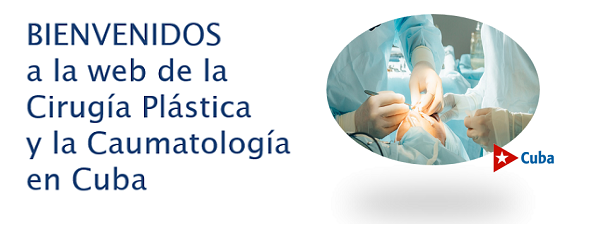
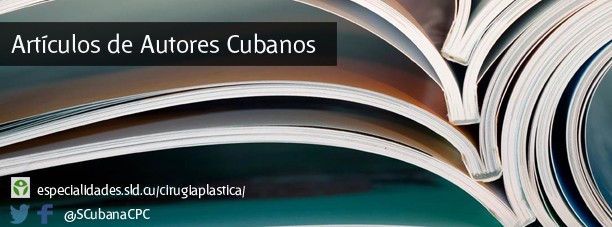
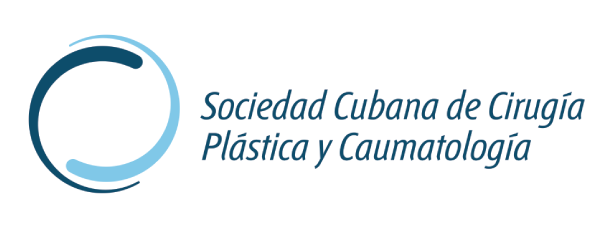
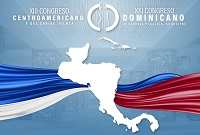
 Sitio web publicado el
Sitio web publicado el
Los lectores comentan